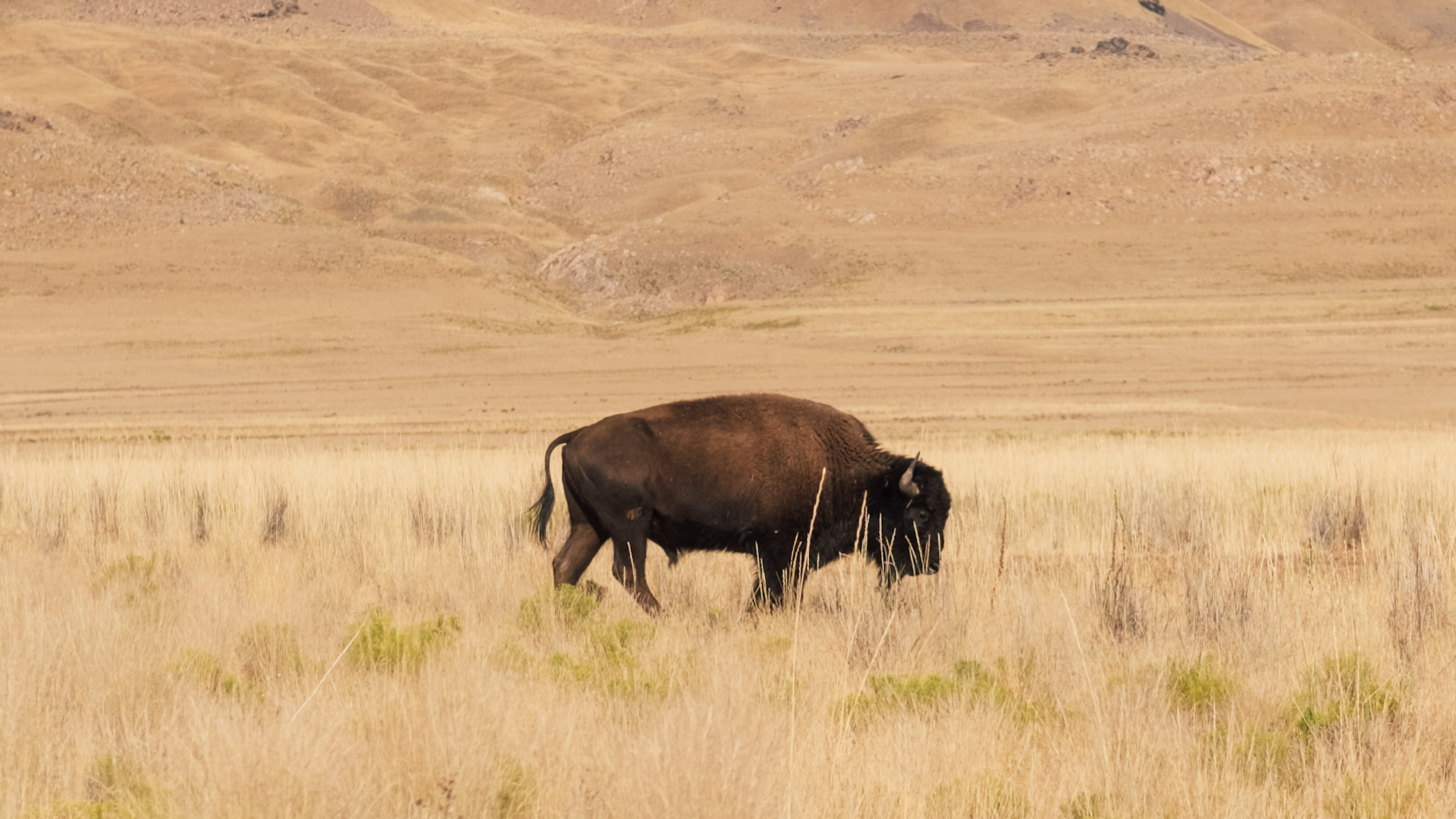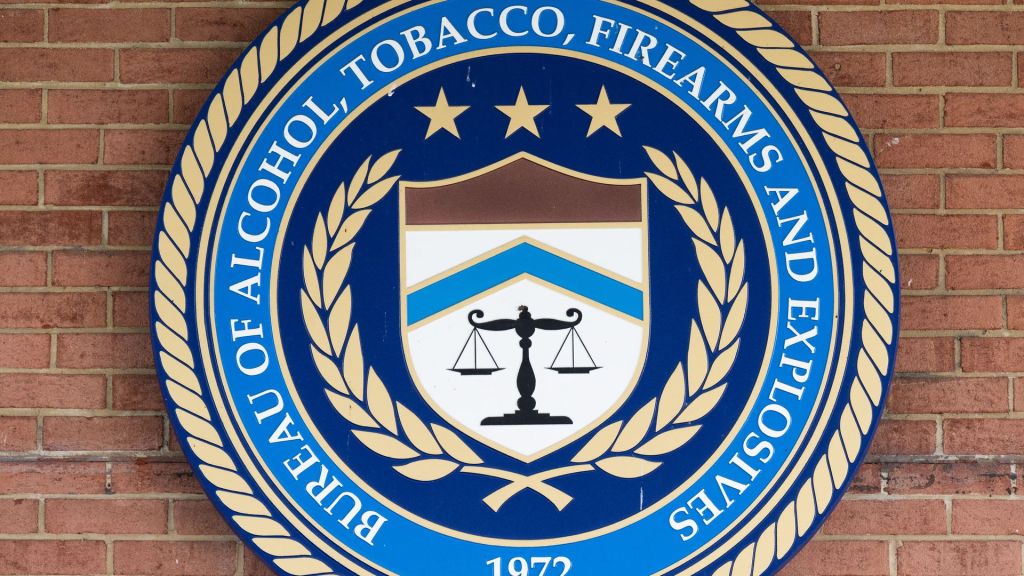
JACK ALYMER: THE U.S. GOVERNMENT WANTS TO MAKE A 10TH OF UTAH AVAILABLE FOR SOLAR POWER DEVELOPMENTS-
BUT STATE OFFICIALS AND EVEN SOME ENVIRONMENTALISTS AREN’T SOLD ON THE IDEA.
THEY SAY IT COULD IMPACT SOME OF THE REGION’S MOST SENSITIVE LANDSCAPES AND NATURAL HABITATS-
LIKE UTAH’S WEST DESERT AND THE GREAT SALT LAKE’S SHORES.
PLACES THAT ARE HOME TO THREATENED SPECIES INCLUDING THE DESERT BIGHORN SHEEP, THE MO-HAA-VEE DESERT TORTOISE, AND THE GREATER SAGE GROUSE.
MEANWHILE, FEDERAL AUTHORITIES CONTEND THIS SOLAR INITIATIVE WILL ONLY TARGET LANDS THAT HAVE BEEN PREVIOUSLY DISTURBED OR DEGRADED-
AND WILL BLOCK SOLAR DEVELOPMENT ON LAND THAT IS VITAL FOR WILDLIFE HABITATS, HOME TO CULTURAL RESOURCES, OR ALREADY PROTECTED.
ALL PROPOSED SOLAR INSTALLATIONS WILL ALSO HAVE TO CONDUCT THEIR OWN ENVIRONMENTAL REVIEWS BEFORE BEING ALLOWED TO PROCEED.
THIS DESIGNATION OF 5 MILLION ACRES IN UTAH FOR RENEWABLE ENERGY USE IS ALL PART OF THE BUREAU OF LAND MANAGEMENT’S WESTERN SOLAR PLAN-
PROPOSED LATE LAST MONTH.
THE AGENCY SAYS IF IMPLEMENTED IT COULD HELP REDUCE AROUND 123 MILLION METRIC TONS OF CARBON DIOXIDE-
EQUIVALENT TO TAKING NEARLY 30 MILLION GAS POWERED CARS OFF THE ROAD FOR A YEAR.
FOR MORE STORIES ABOUT CONFLICTS BETWEEN THE RENEWABLE ENERGY SECTOR AND ENVIRONMENTALISTS, DOWNLOAD THE STRAIGHT ARROW NEWS APP AND SIGN UP FOR ALERTS FROM ME – JACK AYLMER.











